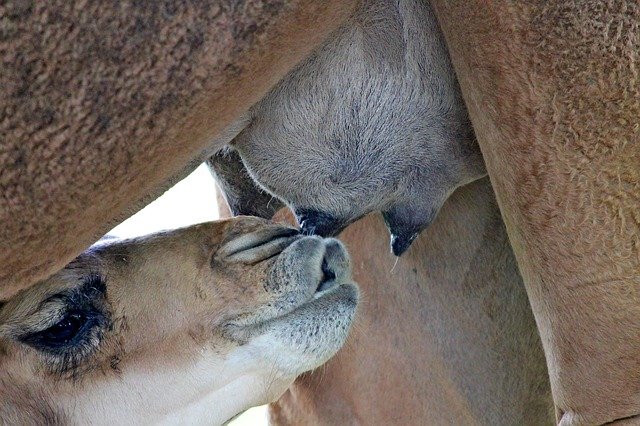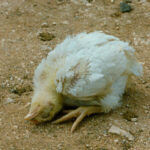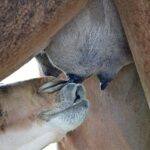A camel produces about four times of milk produced by cows. One camel can produce up to 20 liters each day with better feeding and husbandry. This is in addition to the fact that its milk is higher priced than a cow’s – up to 300 Kenya shillings per liter given its taste and nutritional value. Hence a camel milk business can fetch great income for farmers if done appropriately.

The milk is great for diabetics, those with high blood pressure, digestion problems, arthritis, and children that are not tolerant to lactose. A concoction made from mixing camel urine and milk also make for a medicine. A camel’s skin hide can also be used to make bags, shoes, and sleeping mats. In addition to this, camel rides, and dowry payments with camels are other sources of income.
Here is how to thrive in the camel milk business in Kenya.
- Proper selection of breeds
- Proper selection of feeding
- Controlling for pests and diseases
- Separating from young ones
- Market sourcing
- Proper selection of breeds: In Kenya, you can find the Turkana, Somali, and Pakistan breeds. For purposes of the camel milk business, the Pakistan and Afghani camels produce the highest yields. They can each produce up to 30 liters. The least producing is the Bactrian – 5 liters. The dromedary can produce 20 liters per day on average while the Somali about up to 10 liters.
- Proper selection of feeding: While most of the camels in Kenya are reared in a nomadic lifestyle of living, feeding your camel with proper fees helps increase milk yields. Most camels feed on vegetation, forages, branches, and leaves.
Although the normal feed intake is 10–20 kg on average, it is advisable to feed your camels about 8-12 kilograms of dry matter, 30-40 kilograms of fresh pasture, and 80 percent of water content. You can substitute locally available feeding materials with commercial feed.
- Controlling for pests and diseases: Camels are exposed to a variety of diseases including mastitis, camelpox trypanosomiasis, camelpox, foot and mouth diseases, and lumpy skin disease. Usually, these can be kept at bay through effective vaccination programs as advised by a veterinary. The vaccination programs are dependent on the age of the camel.
You can also bathe them with pesticides and acaricides regularly to keep off ticks, flies, and other pests.
- Separating from young ones: Camels reared for milk production must not be left with the calf all day as that will reduce milk production.
- Market sourcing: Where to sell camel milk in Kenya is not an issue because the market has been thriving. You can openly retail, have an milk ATM, or sell directly
to brokers and companies that package or manufacture yogurt and other products.

